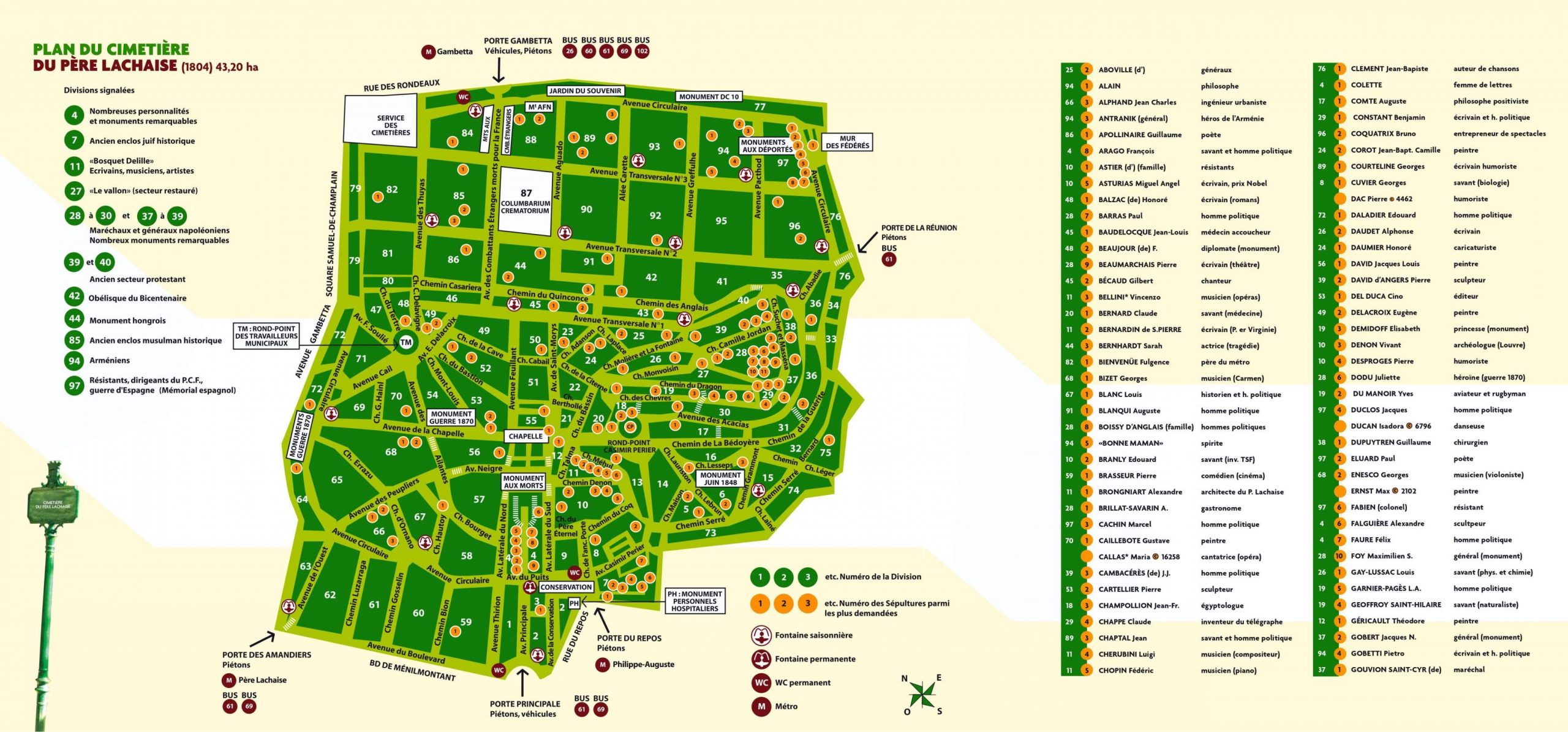Isadora Duncan
Not-So-Fun-Facts
On the night of September 14, 1927, in Nice, France, Duncan was a passenger in an Amilcar CGSS automobile owned by Benoît Falchetto, a French-Italian mechanic. She wore a long, flowing, hand-painted silk scarf, created by the Russian-born artist Roman Chatov, a gift from her friend Mary Desti. Desti, who saw Duncan off, had asked her to wear a cape in the open-air vehicle because of the cold weather, but she would agree to wear only the scarf. As they departed, she reportedly said “Je vais à l’amour” (“I am off to love”). Her silk scarf, draped around her neck, became entangled around the open-spoked wheels and rear axle, pulling her from the open car and breaking her neck and spine. Desti said she called out to warn Duncan about the scarf almost immediately after the car left. Desti took Duncan to the hospital, where she was pronounced dead.
In medicine, the Isadora Duncan Syndrome refers to injury or death consequent to entanglement of neckwear with a wheel or other machinery.
There is only one film that exists of Isadora Duncan’s dancing. It is a few seconds of footage of a recital given outdoors in an open space.
The last of Isadora’s children dancer Maria-Theresa Duncan, who danced with her mother for nearly two decades, died in 1987 at the age of 92.
Cemetery Information:
Final Resting Place:
Cimetière du Père Lachaise
16 Rue du Repos, 6ème division, Chemin Lesseps
Paris, , 75020
France
Europe
Map:

Grave Location:
Division 87, Niche 6796Grave Location Description
The Mother of Dance Isadora Duncan can be found on Avenue Transversale No. 2 on the outside wall of the Columbarium du Père Lachaise (Division 87) across from Division 44 on the bottom row about 200 feet from the intersection of Avenue Aguado. Isadora is located on the bottom row and her two children, Deirdre and Patrick, who perished when their car plunged into the River Seine are buried three rows above their mother.
Grave Location GPS
48.862458166748404, 2.3954220644181894Visiting The Grave:
Photos:
FAQ's
Read More About Isadora Duncan:
- Published Obituary
- Wikipedia Entry
- The Isadora Duncan Foundation
- Museum of the City of San Francisco Biography of Isadora Duncan
- Palm Beach Social History: Isadora At Palm Beach
- The Isadora Duncan Archives
- The Bizarre Death of Dancer Isadora Duncan
- The Tragic Life of the World's Greatest Dancer
- Isadora Duncan Oldway Mansion
- L'Hôtel Biron was the final residence of Isadora Duncan





